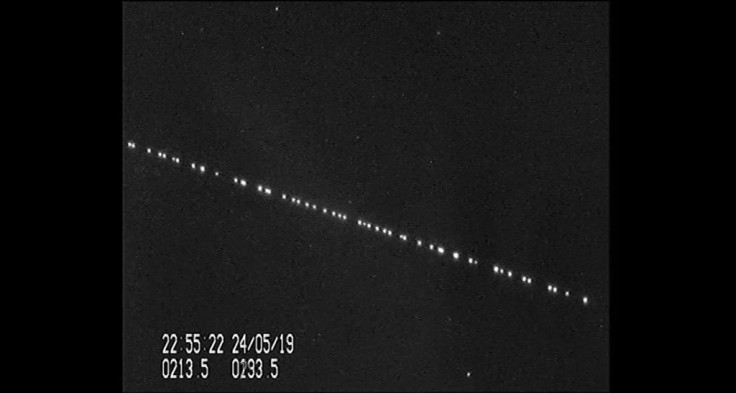High-speed broadband internet from space: Elon Musk's Starlink Project rides high
Starlink now has more than 1,000 satellites in orbit and they already have over 10,000 customers enjoying high-speed Internet.
The richest man on Earth is riding high on his Starlink Project, a venture that seeks to launch satellites into orbit that will provide everyone with access to high-speed broadband Internet from space. Elon Musk, the genius behind the electric car Tesla and Space X, his space-exploration project, seeks to provide almost everyone on the planet with a high-speed Internet connection, at a price of course. The eccentric billionaire says the goal is doable with the help of a network of private satellites orbiting high above the Earth.
After spending years developing SpaceX, Elon Musk revealed earlier this month that Starlink now has more than 1,000 satellites in orbit and that they already have over 10,000 customers enjoying high-speed Internet connections coming from these satellites, Cnet reported. The Starlink service is now in the process of growing preorders to more potential users, targeting people who currently do not have access to a high-speed Internet connection.
Technically a part of SpaceX, the new Internet service's name apparently came from the spaceflight firm's increasing network of orbital satellites. The network's development started in 2015, with the first batch of satellites sent into orbit three years ago.
After several successful prototype launches, SpaceX finally sent actual satellites into orbit in the years that followed. In January, SpaceX sent 60 satellites into orbit from Florida's Kennedy Space Center. The company used its landable and re-launchable Falcon 9 rocket to perform the task. After four more launches set for February, the total number of Starlink satellites orbiting the earth will now be 1,265, with all of them ready to provide high-speed Internet connection to anyone who wants them.
Like regular satellite Internet providers like ViaSat or HughesNet, Starlink also seeks to connect homes to the Internet, particularly those located in rural areas and other parts of the planet where high-speed broadband Internet is not available. On its website, Starlink explained that its network of satellites works in almost every area on the planet, including places where high-speed Internet connectivity has always been a challenge. "Unbounded by traditional ground infrastructure, Starlink can deliver high-speed broadband internet to locations where access has been unreliable or completely unavailable," the website stated.
At present, Starlink's Internet service is only available in chosen regions, though the company said its coverage would keep on growing as more satellites go into orbit. The ultimate goal of Starlink is to cover the entire planet with a usable high-speed broadband signal. When that time comes, the only thing you need to connect to Starlink is to put a small satellite receiver at your house to enjoy the high-speed Internet signal. The company also offers iOS and Android apps with augmented reality that will help users choose the best position and location for their satellite receivers.
According to the Starlink website, users can expect data speeds of between 50 and 150 MB per second with a latency of around 20 to 40 milliseconds in several locations over the next couple of months. At present, the company's Internet service costs $99 per month, excluding taxes and other fees. You also need to pay an initial fee of $499 for the router and mountable satellite dish that you need to install at home.
© Copyright IBTimes 2025. All rights reserved.






















